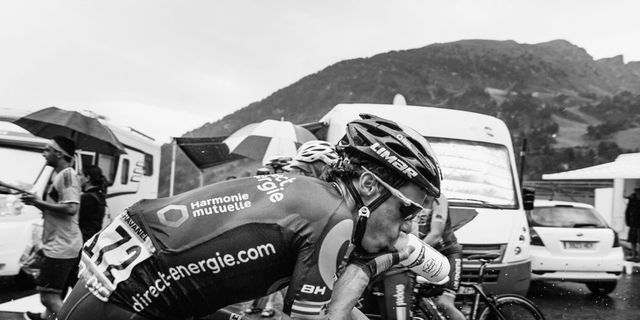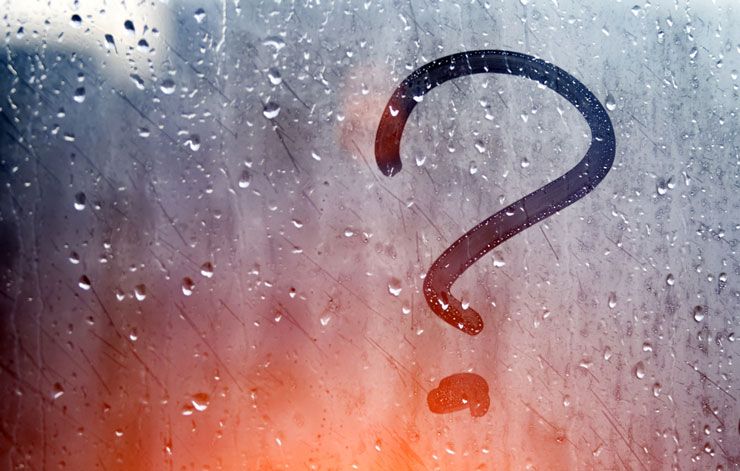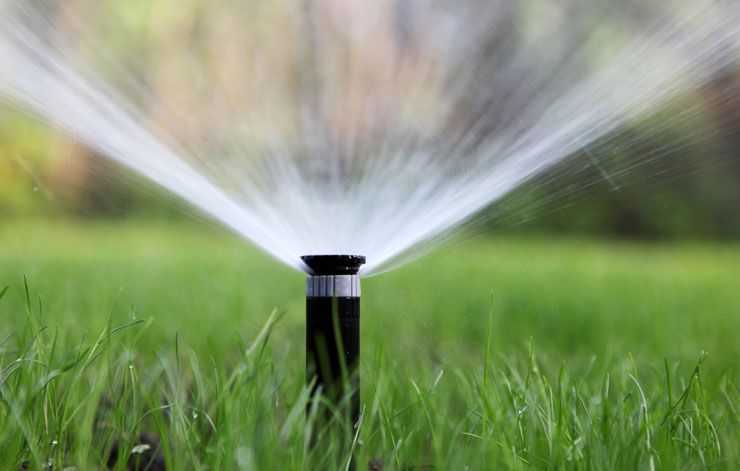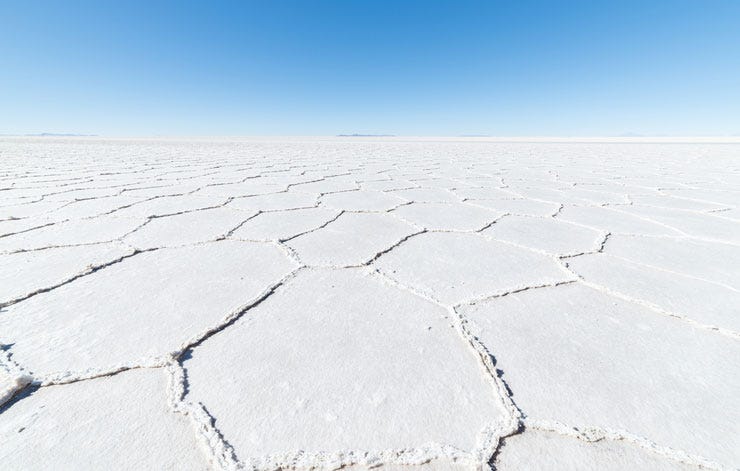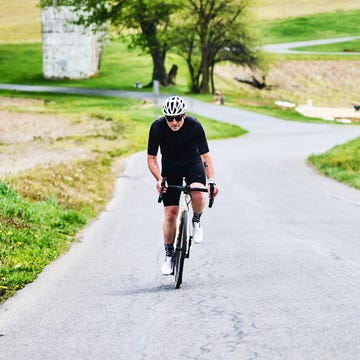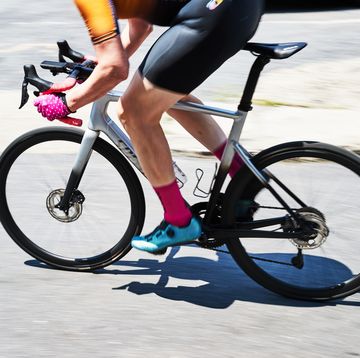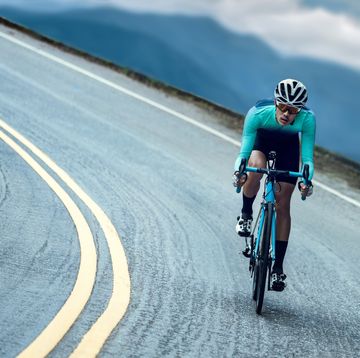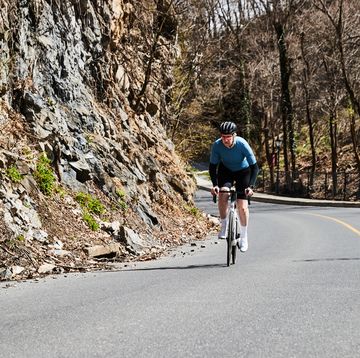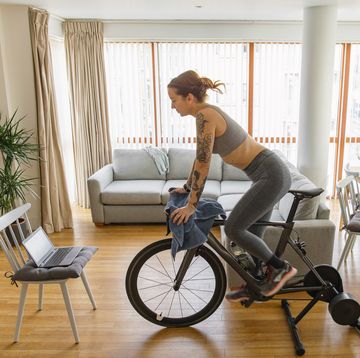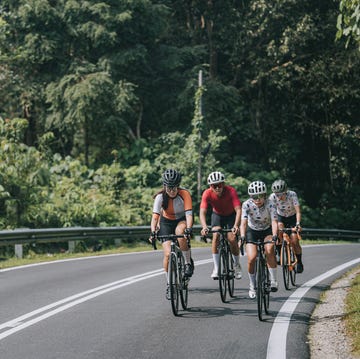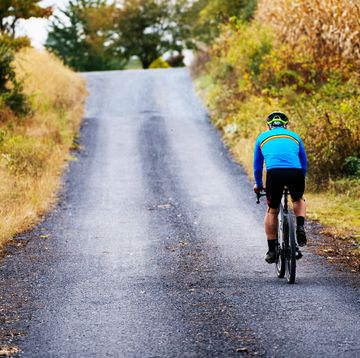Sweat School
If you aspire, you need to perspire. Here are the essentials on sweat.
It’s probably wise to not sweat the small stuff, but if you want to ride well and feel great (or in some cases just finish), you need to sweat— and make sure you keep sweating. Here’s a look at what’s pouring out of your pores.
Subscribe to Bicycling for more training advice, stories, and how-to's.

selene yeager
“The Fit Chick”
Selene Yeager is a top-selling professional health and fitness writer who lives what she writes as a NASM certified personal trainer, USA Cycling certified coach, Pn1 certified nutrition coach, pro licensed off road racer, and All-American Ironman triathlete.
Watch Next

Advertisement - Continue Reading Below
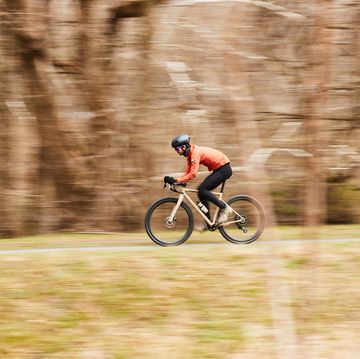
Your 4-Week Training Plan to Get Faster
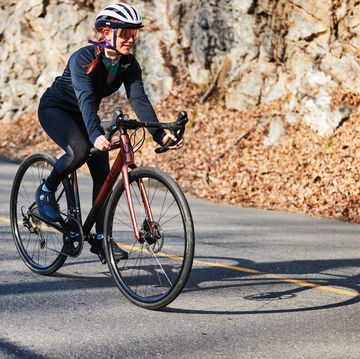
6-Week Beginner Cycling Training Plan
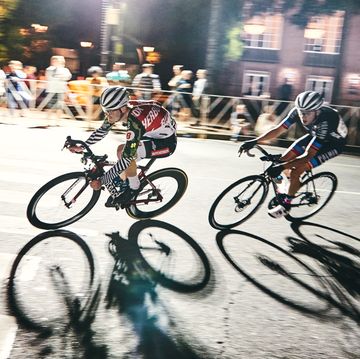
8-Week Beginner Crit Training Plan
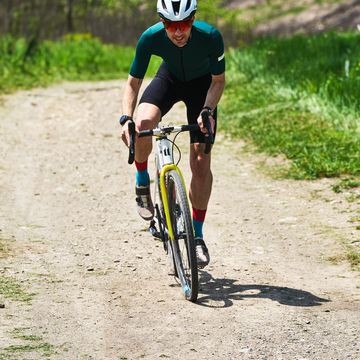
12-Week Gravel Training Plan
Advertisement - Continue Reading Below
Advertisement - Continue Reading Below
